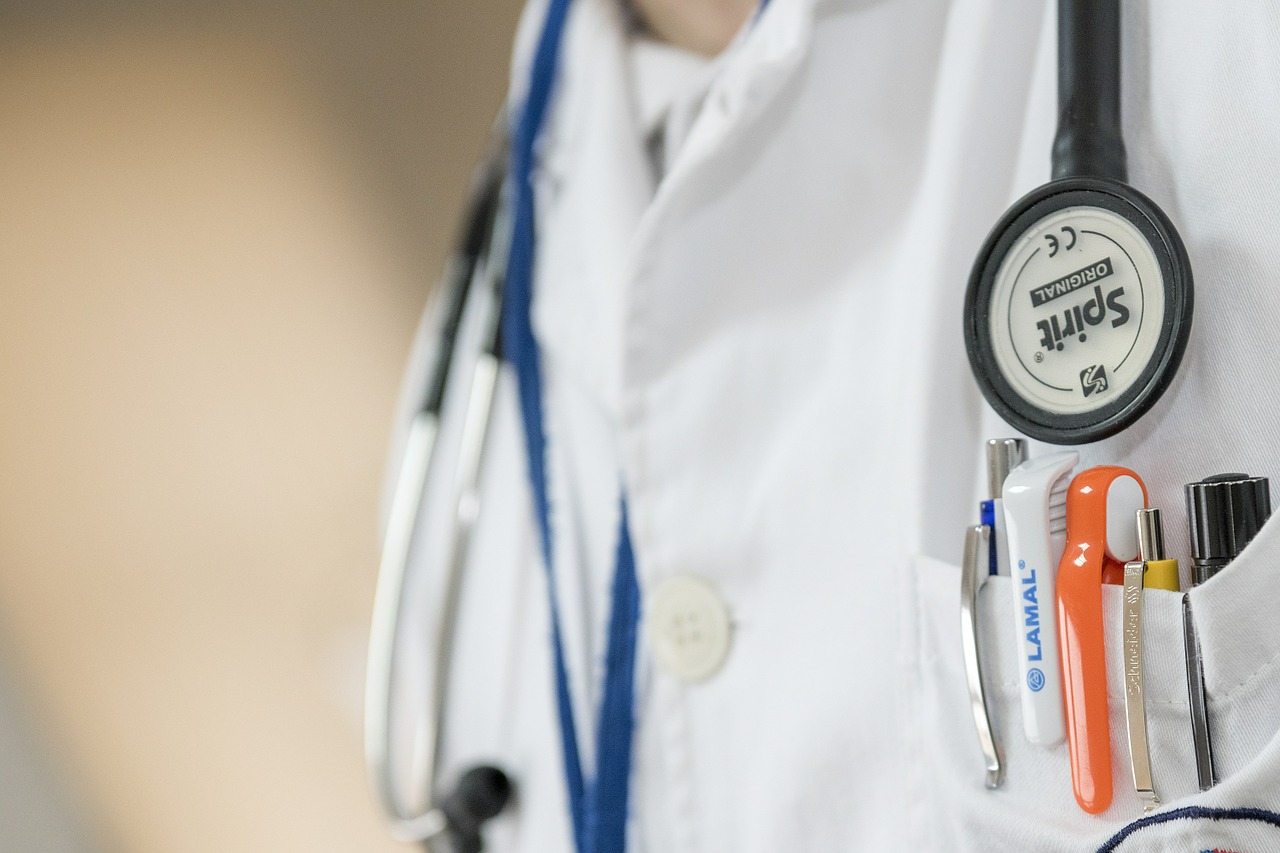
Medical Devices Will Be Driven By IoT
Of all the applications of the Internet of Things (IoT), medical devices may be one of the areas to benefit the most from the new technology. This nascent market has the potential to reach $163 billion dollars in less than five years, according to research firm Markets and Markets. This should be no surprise, as the medical device industry is an obvious application.
Picture any hospital room. We see an array of devices designed to measure biological data and vital signs. Those devices are now networked, but they also remain in the hospital. With the rise of wearable technology, patients can be measured off-premises, and as they go about their daily lives. Think of the possibilities. A doctor or other practitioner may contact the patient saying “we want you to come in. We notice something unusual in your heart rhythms.” Medtronic has already rolled out a remote health monitoring service built on their Cardiocom acquisition that provides remote monitoring for issues ranging from asthma, diabetes, hypertension, and heart disease.
As technology advances, the time approaches when wearable devices can detect critical conditions and notify the wearer—and emergency services—even before the event is felt by the wearer? Or, in many cases, the wearer can become incapacitated and unable to call for help.

Philips has created an IoT wearable device for people suffering from Chronic Obstructive Pulmonary Disease (COPD) that feeds data through the cloud to care providers who can monitor the patient over time and through daily life. Companies like General Electric have set up practices around integrating the IoT and other medical technology into healthcare providers’ information environments, while Cisco’s Medical Grade Network provides a secure, HIPAA compliant platform for gathering and transporting data.
Key to the future of medical device IoT is making the products easy to use for healthcare providers, and patient friendly, as well as providing usable data in a secure, accurate environment. When these parameters are kept in mind, IoT enabled medical devices can both improve service delivery and lower costs throughout the healthcare value chain.
The data produced by devices should ideally be in standards-based formats so that it can be used across environments, and so that new, innovative applications can be developed that the device developer may not have foreseen.
In any case, this is a rapidly growing market that has the potential to save millions of lives, and improve the quality of life for millions—if not billions more.
